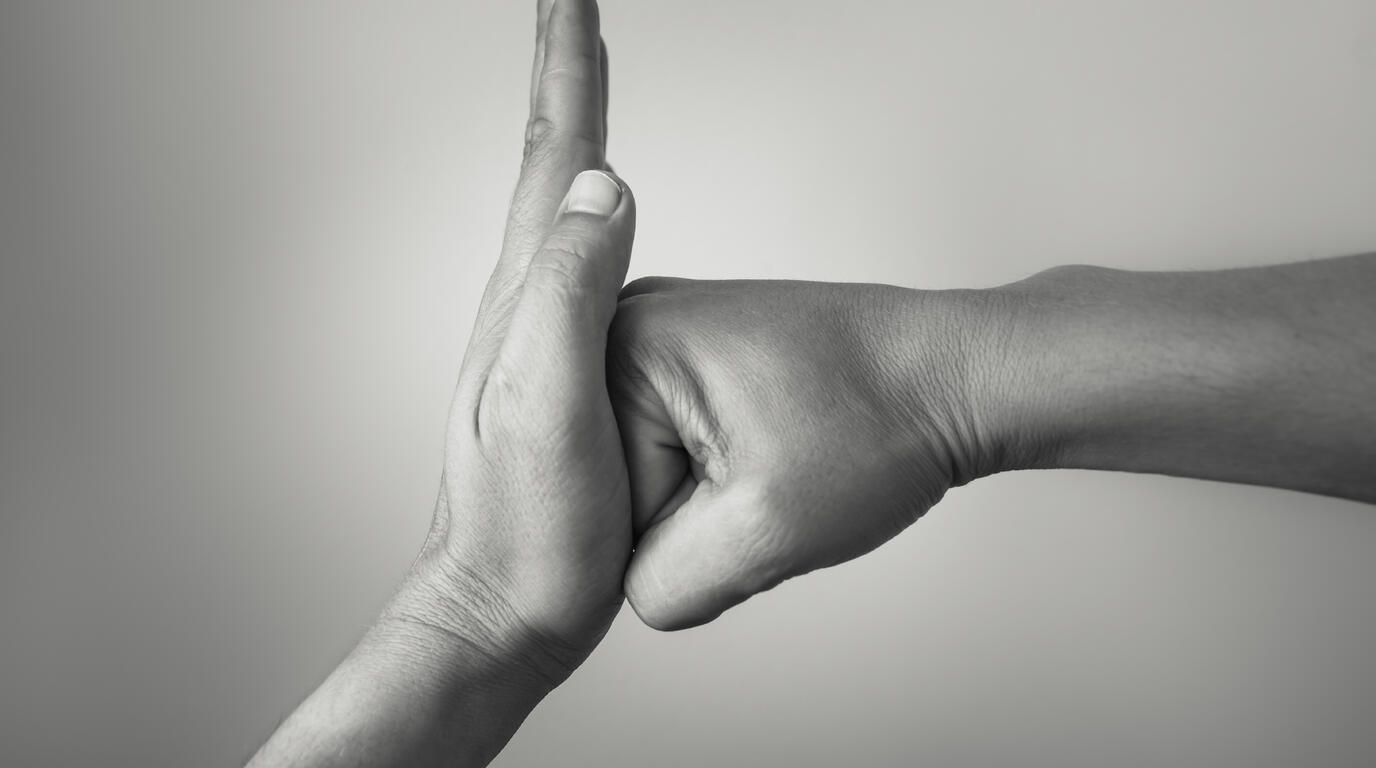Assault vs Self-Defence: Understanding the Difference

In certain situations where emotions are running high, physical altercations can end up breaking out. Even if you never originally intended to assault someone, you may find yourself facing an assault charge if things did get physical. But, what if you were simply acting in self-defence?
Read on as we discuss the difference between the two, as well as taking a look at the different types of assault you could be charged with.
What Defines Assault?
When defining assault, it’s important to know that there are different types and degrees of assault that are recognised by the law. Assault then, is more of an umbrella term that encompasses each of these. Ultimately, assault is a violent act that can be either non-physical or physical, and can include threatening or physically hurting another individual.
Types of Assault
Common Assault:
Common assault is the lowest form of assault. This is when a victim only has to feel threatened by the potential of being attacked, despite no physical contact taking place. Common assault includes:
● Attempting to spit on someone
● Raising and shaking a fist
● Making a verbal threat or racist comment
● Miming the act of physical violence (e.g. punching or kicking)
● Brandishing a deadly or non-deadly weapon in a way that suggests intent to hurt
Battery:
Battery, on the other hand, involves physical contact. It is committed when you intentionally or recklessly apply unlawful force to another person, regardless of whether or not this results in injury. It can include:
● Spitting
● Pushing
● Slapping
● Punching
● Kicking
● Hurting someone with a weapon
Actual Bodily Harm (ABH):
ABH is a criminal offence and is considered to have been committed when the victim receives an injury, generally a minor injury. Such injuries could include:
● Grazes
● Bruising
● Swelling
Grievous Bodily Harm (GBH):
GBH is also a criminal offence, however it differs from ABH in that it results in a serious injury to the victim. This tends to include particularly violent or premeditated attacks, and often involve a weapon. Injuries resulting from GBH are more likely to be:
● Lacerations
● Fractures
● Broken bones
● Injuries that impair vision, motor skills or cognitive function
What Defines Self-Defence?
Now that you know more about what defines assault, what about self-defence? Self-defence is defined as using reasonable force to defend yourself if being attacked by another person. As such, if you are the aggressor, or the person who insights the violence, then this does not count as self-defence.
Self-defence can, however, be used preemptively. For example, if you have good reason to believe that someone is about to attack you (e.g. their fists are up ready to throw a punch), then you may act first to restrain them from doing so.
It’s also important to note that the force you use for self-defence must be proportionate to the threat in order for it to be considered lawful.
Legal Representation for Assault Charges
If you are found guilty of assault, the legal and social repercussions you may face can be grave, especially since violence is a rightfully punishable offence. With that said, the major effects even a minor mistake can have on your future life can be tough to face, which is why you’ll want good legal advice and representation.
Here at Lefevre Litigation, our criminal defence solicitors are experienced at dealing with these types of charges. If you’d like one of our defence lawyers to represent you, then don’t hesitate to get in touch.










